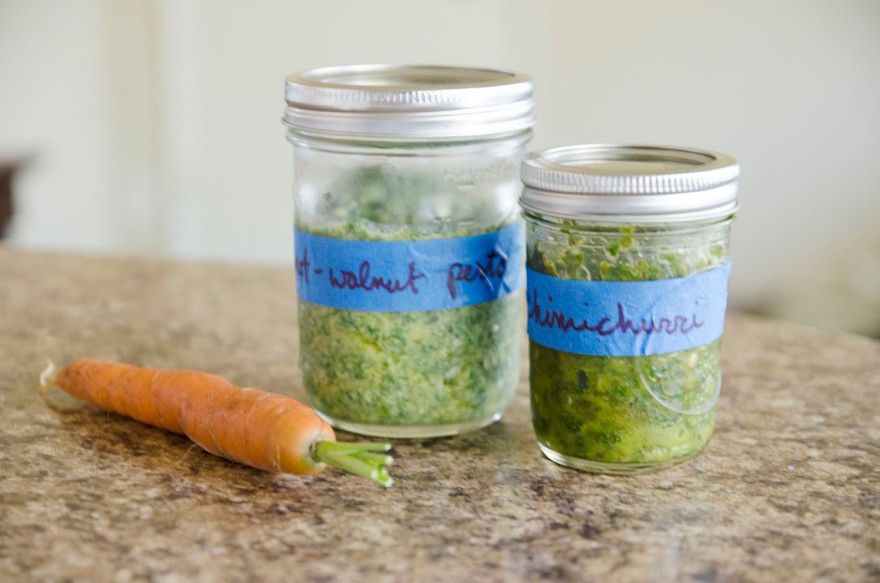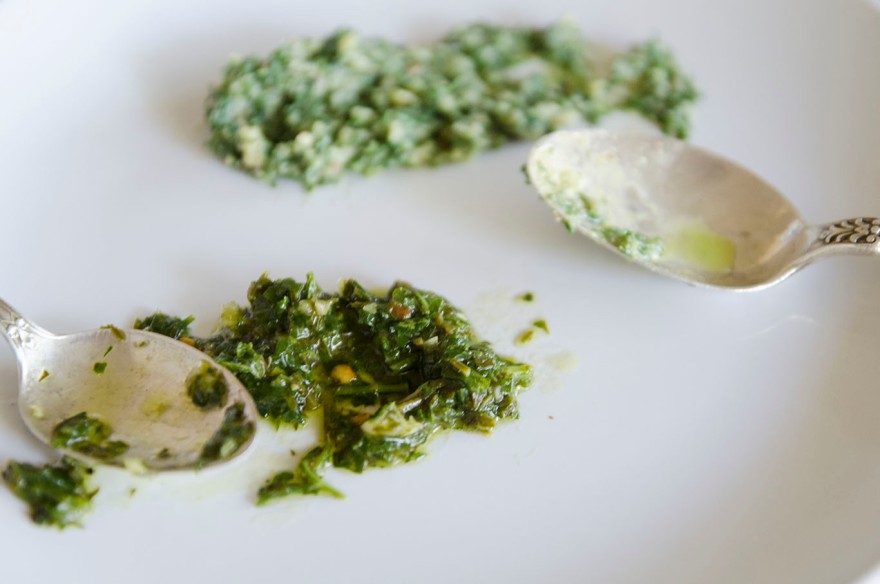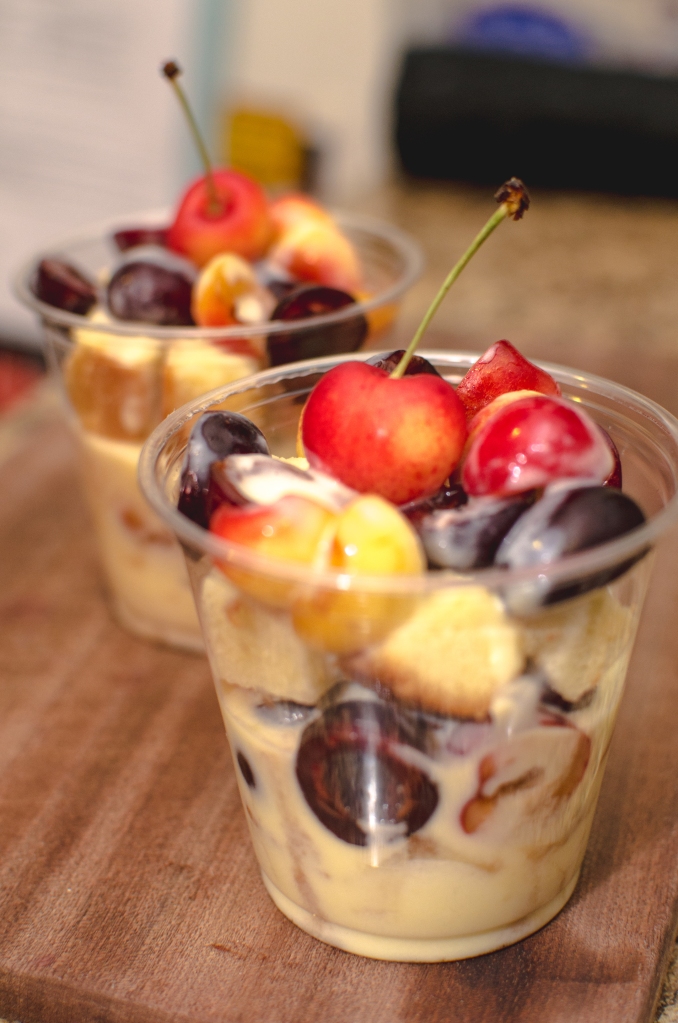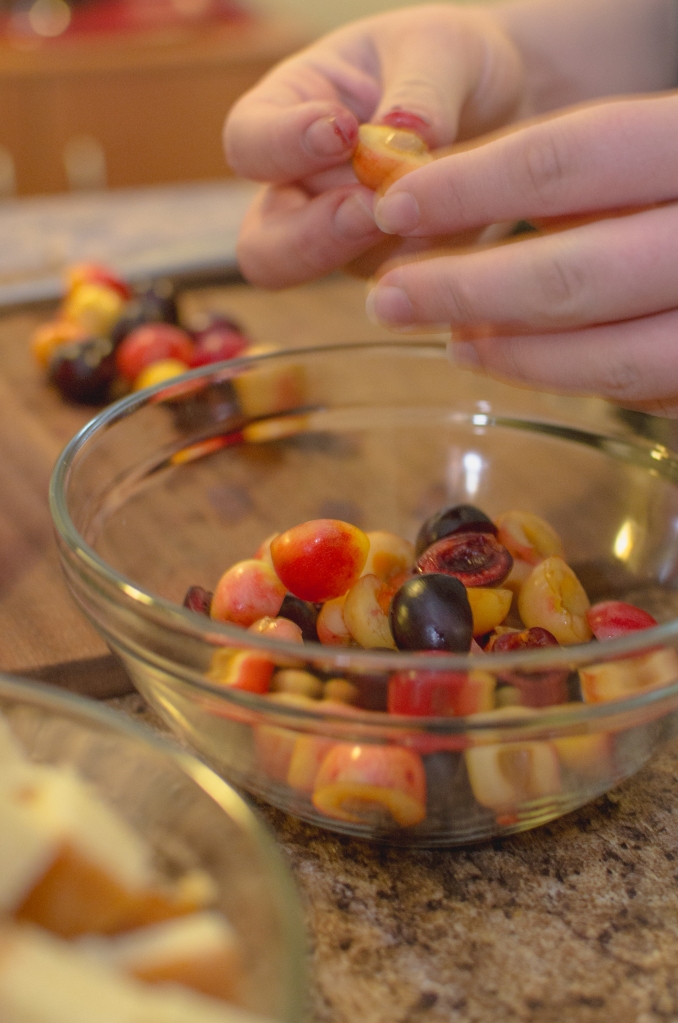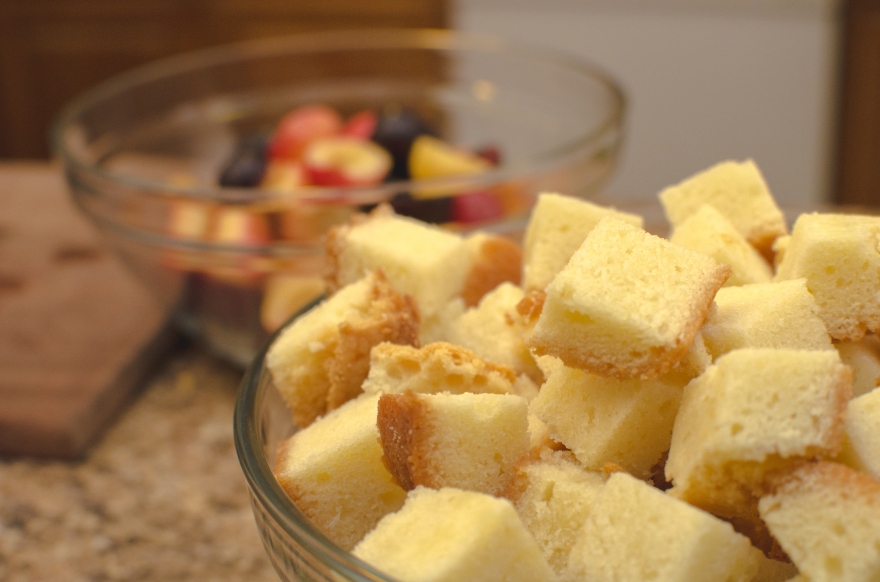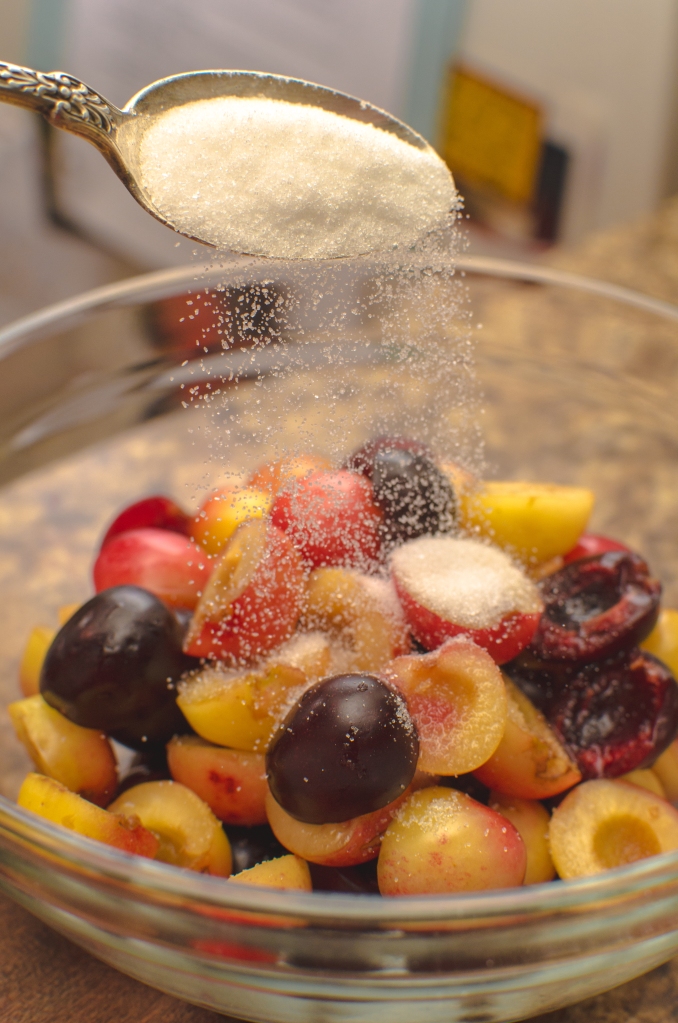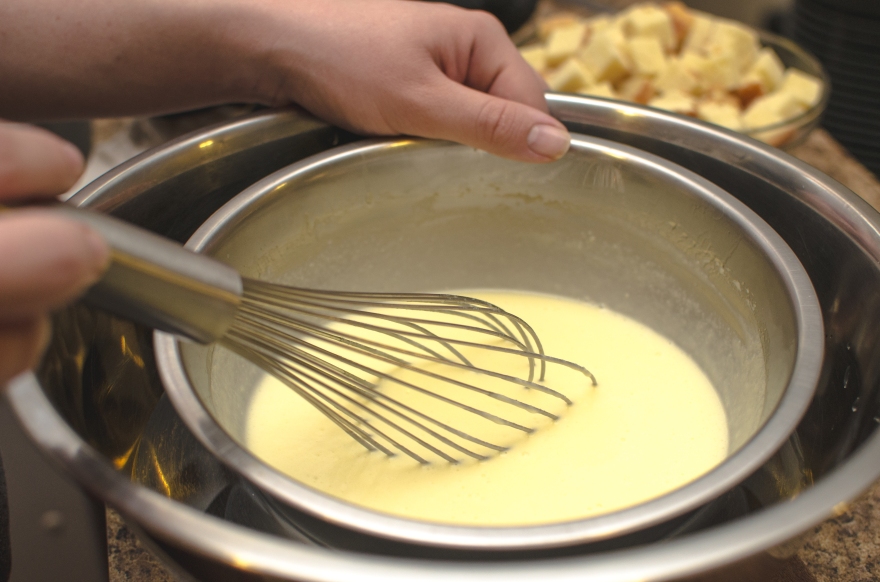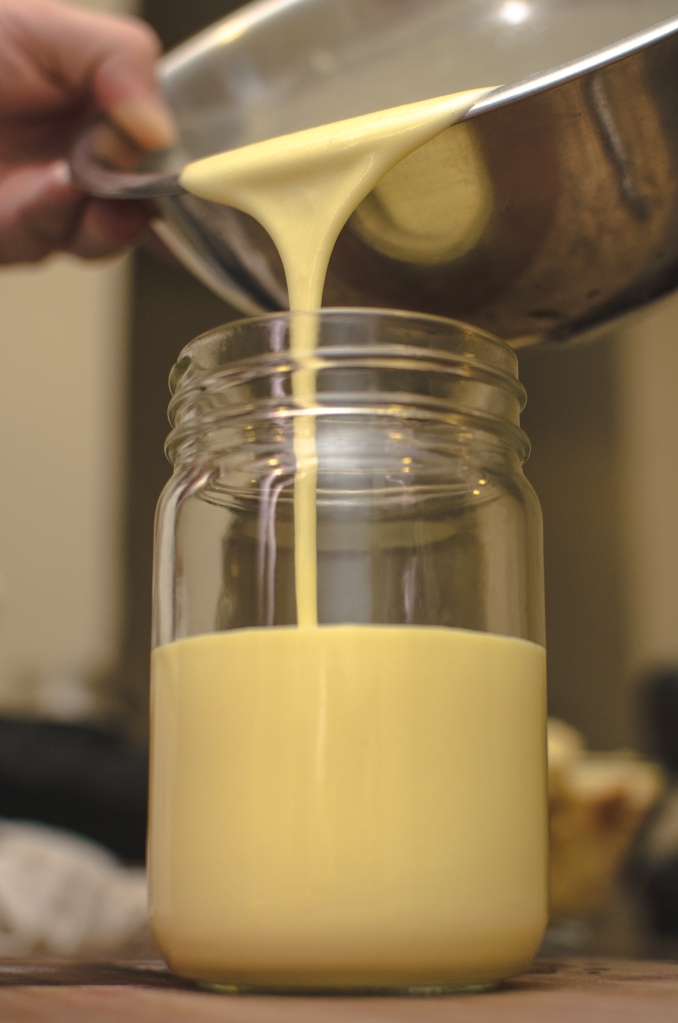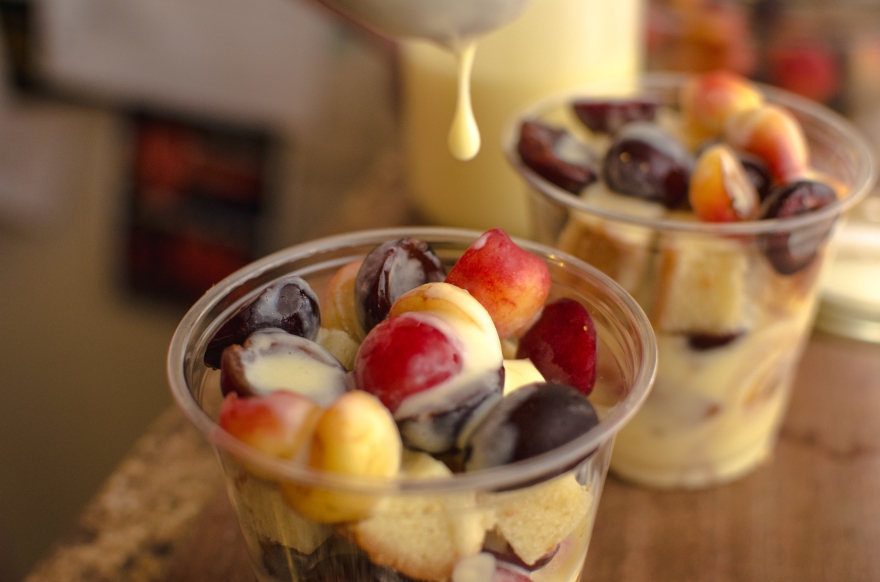This Vanilla-Bourbon Pear Dessert Sauce is the manifestation of something I never thought I’d accomplish. At least, I’m pretty sure it is.
When you first enter the world of home canning, the first message blasted is that you better not deviate one little bit from tried and tested recipes unless you’re trying to kill yourself. And it’s true, if you don’t know and understand the science behind home canning, you could easily make you or your family sick, or worse. Fortunately, the science isn’t that complicated, and is easily explained in just about every canning resource you’ll find. Most of it, that is.
If the “tried and tested” recipes are the only safe recipes, then…how are they tested? One of the important first lessons in canning is the difference in canning high versus low acid foods. High acidity prevents the growth of bacteria, including the bacteria that produces botulism, making low pH foods safe for water bath (boiling) canning. Low acid foods have to be preserved with pressure canning, a realm I have not yet ventured in to.
It first really clicked that home canning safety could be less mysterious when on an episode of Mind of a Chef featuring Sean Brock, he tested a batch of tomatoes with a strip of litmus paper. His canning technique was more traditional, rather than USDA approved, but he seemed to fully understand what he was doing and had tools to ensure its safety. He tested the pH. He wasn’t worried. And if he could do it, why couldn’t I, or anyone for that matter? Somebody knows what they’re doing if there are tried and tested recipes. There are authors of canning cookbooks. How did these transgressors come to know the secrets of canning their own recipes?
So pH isn’t much of a mystery, and a quick trip to one of the several home brewing shops in town provided me with a very official looking little bottle of pH strips that I can stick in whatever my little heart desires. This was the first key to knowing whether my Asian pears would produce a can-able sauce. There are clear instructions for acidifying and processing sliced Asian pears in syrup, but there is a huge lack of recipes that do anything else with them. I suspected that a pear sauce or butter, if properly acidic, could be treated like apples or other pears. But processing times aren’t exactly the same for each, or different preserves, conserves, butters, chutneys, relishes, and so forth. So the question remains, by what sorcery are correct processing times determined?
With a basic understanding of how canning works, its apparent that processing times are related to temperature. Processing is pasteurizing. It’s not a new science so I’m sure there is lots of data out there for how long it takes to kill what bacteria or how long it takes different densities of food to be heated through. But it’s this kind of information that isn’t readily accessible, nor are tools for determining it at home. There are charts that provide some information, but I have yet to find comprehensive tables and explanations and discussions of variables. Could I collect my own data with a specially rigged lid into which a probe thermometer could be secured, and watch the exact temperature fluctuations of my jams be manifested as a graph on my laptop in real time? Is that how the pros do it? What about just the cookbook authors?
Or, dare I say, maybe it’s not that complicated?
What’s frustrating about not being able to achieve a total, ultra-scientific level of understanding of how to manipulate food in jars safely, is that I feel as though I am reduced to someone only allowed to operate a microwave, because who can fuck that up? I understand the safety measures are in place to protect people, but it comes at the cost of creativity and innovation. By adding such a level of mysteriousness to canning, we add an even bigger aspect of fear. It’s great if no one ever gets sick from canned goods, but not great if that number is zero because NO ONE cans anything. Food preservation is an ancient and evolving tradition, and to distance it from the home and relegate it to industrial means is to remove a huge part of the human experience.
As I said, I suspected that an Asian pear sauce or butter could be treated as any other pear sauce or butter, if the acidity were sufficiently increased. I verified this by calling the OSU Master Food Preserver’s hotline and they looked up in their top secret comprehensive book of tables that a 15 minute processing time would be appropriate. And so, with my pH strips and state sanctioned processing time, I pressed on with my Vanilla-Bourbon Pear Dessert Sauce, confident that I could prevent my plethora of Asian pears from going to waste, and not kill everyone on my Christmas gift list.
A rough recipe:
Makes 6 half-pints
- 5 lbs Asian pears, peeled, cored, and roughly chopped
- 2 cups pear nectar or juice
- 1 ½ cups sugar
- 3 black cardamom pods
- 1 vanilla bean
- splash of bourbon
- vanilla extract
- bottled lemon juice
Bring the pears, nectar or juice, and 4 cups of water to a boil. Boil until completely broken down, at least 30 minutes. Blend into a very smooth puree with either an immersion blender or in batches in a blender. Pour the puree into a slow cooker and stir in the sugar, the cardamom pods, and the vanilla, scraped, as well as the pod. Add a good splash of bourbon, a little glug of vanilla, and a generous squeeze of lemon juice a couple times around the pot. Cook on low, about 9 hours, until thick but runny, like a dessert sauce. You don’t quite want a butter but you definitely want some body. Test the pH periodically towards the end so you can make any necessary adjustments to lower it. Final product should fall into the 4.2 range if you’ve managed to acidify it enough while juggling the balance of flavors. The alcohol will completely cook off by the end so don’t expect that to help you. Pick out the cardamom and vanilla and discard.
Pack into prepared half-pints and process for 15 minutes. If you don’t know what that means, go back and stick to only tried, and tested, reputable recipes.
To use: bread pudding, pumpkin pie, roasted acorn squash.




